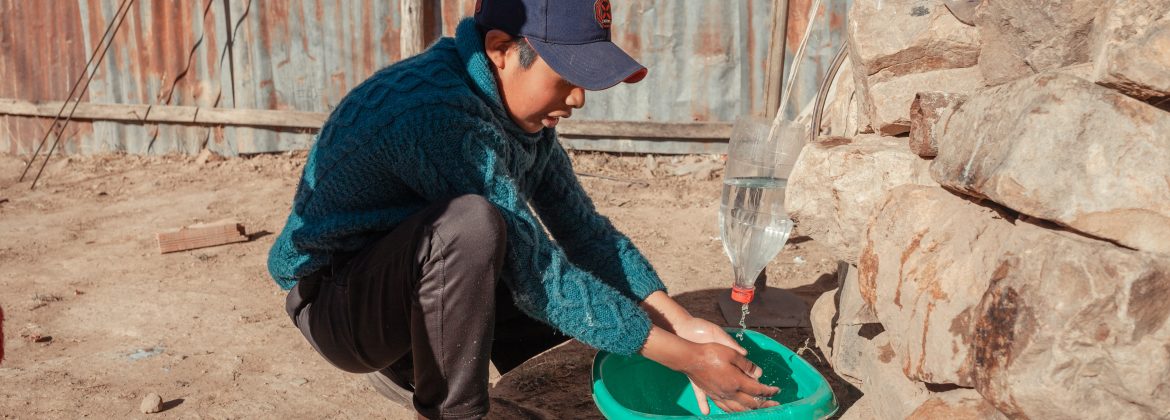
The Climate Crisis is a Child Rights Crisis
During a webinar organized by Save the Children and Sweden’s Global Civil Society Strengthening Program 2022-2026, experiences on climate finance management and children’s rights were shared. The seminar was moderated by the Bolivia Country Office.
Goodbye Chinyama, Technical Specialist Public Investments in Children at Save the Children Zambia, presented Malawi’s experience, which involved a national budget analysis for 2024/2025 conducted by children. In this child-friendly budget analysis, the challenges faced by children and adolescents regarding climate change were identified. Recommendations were made to parliamentarians and the government to improve public financing. Additionally, Zambia’s experience was highlighted through a child-led campaign aimed at raising community awareness about children’s rights related to climate change. Consultations were held on the National Development Plan, national budget presentations, and child-adapted analysis.
Luis Pedernera, Vice Chair of the United Nations Committee on the Rights of the Child, summarized the recommendations of General Comment No. 26: In particular, it focused on the obligations of the states to finance efforts to address the adverse effects of environmental degradation; addressing the climate crisis from an approach that guarantees the enjoyment of children’s rights; states must protect children from environmental harm, including by regulating commercial enterprises; and dedicating maximum financial, human, technological, and informational resources to ensure children’s environmental rights. He concluded by emphasizing that international climate finance providers and recipient states must ensure that climate financing mechanisms are grounded in a child rights-based approach.
Shruti Agarwal, Senior Adviser on Climate Change and Sustainable Economies at Save the Children UK, underscored the need to place environmental loss and damage on the public agenda to secure adequate funding. Developed countries must lead the mobilization of climate finance and support developing countries. Reported climate finance figures are controversial, as actual funding may be only one-third of what is reported. Most climate finance comes in the form of loans. Between 2018 and 2022, only 27% of international climate finance was allocated to adaptation, and only 2.4% supported projects with child-sensitive interventions. Agarwal recommended child-responsive climate finance, urging states to review their policies, strategies, and plans to incorporate specific objectives for children; promote a child marker to assess activities based on child-sensitive criteria; and develop and adopt public policies that favor children.

 Bolivia
Bolivia